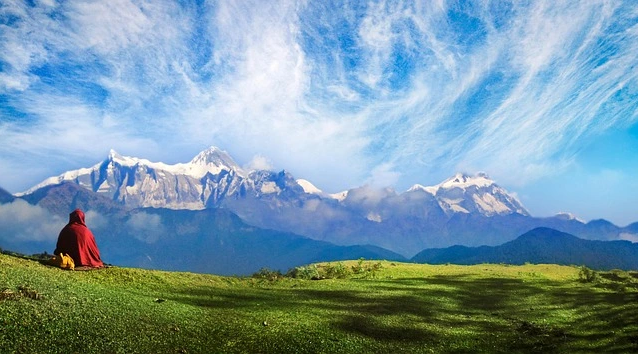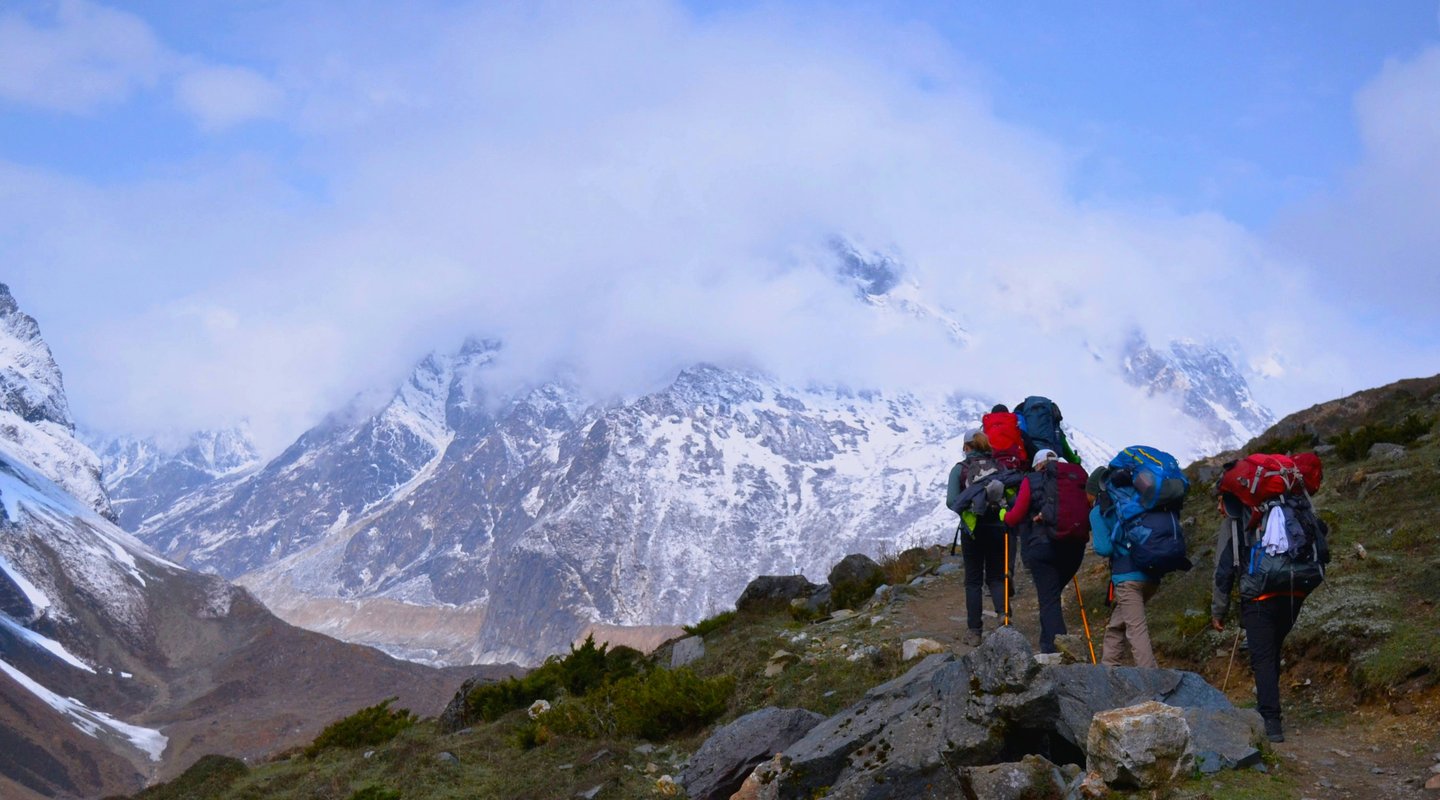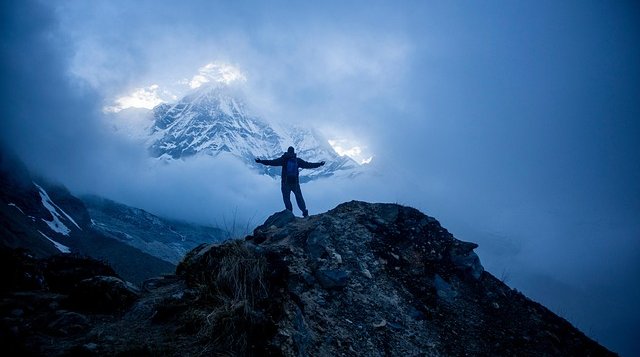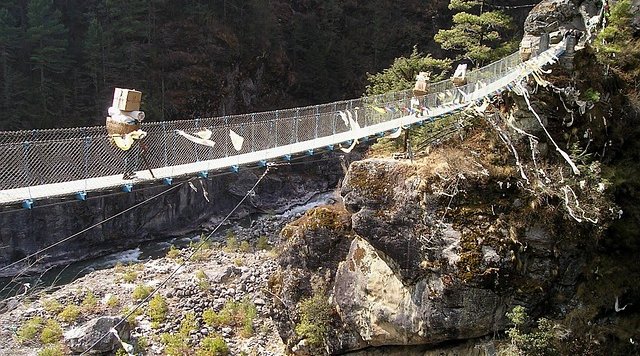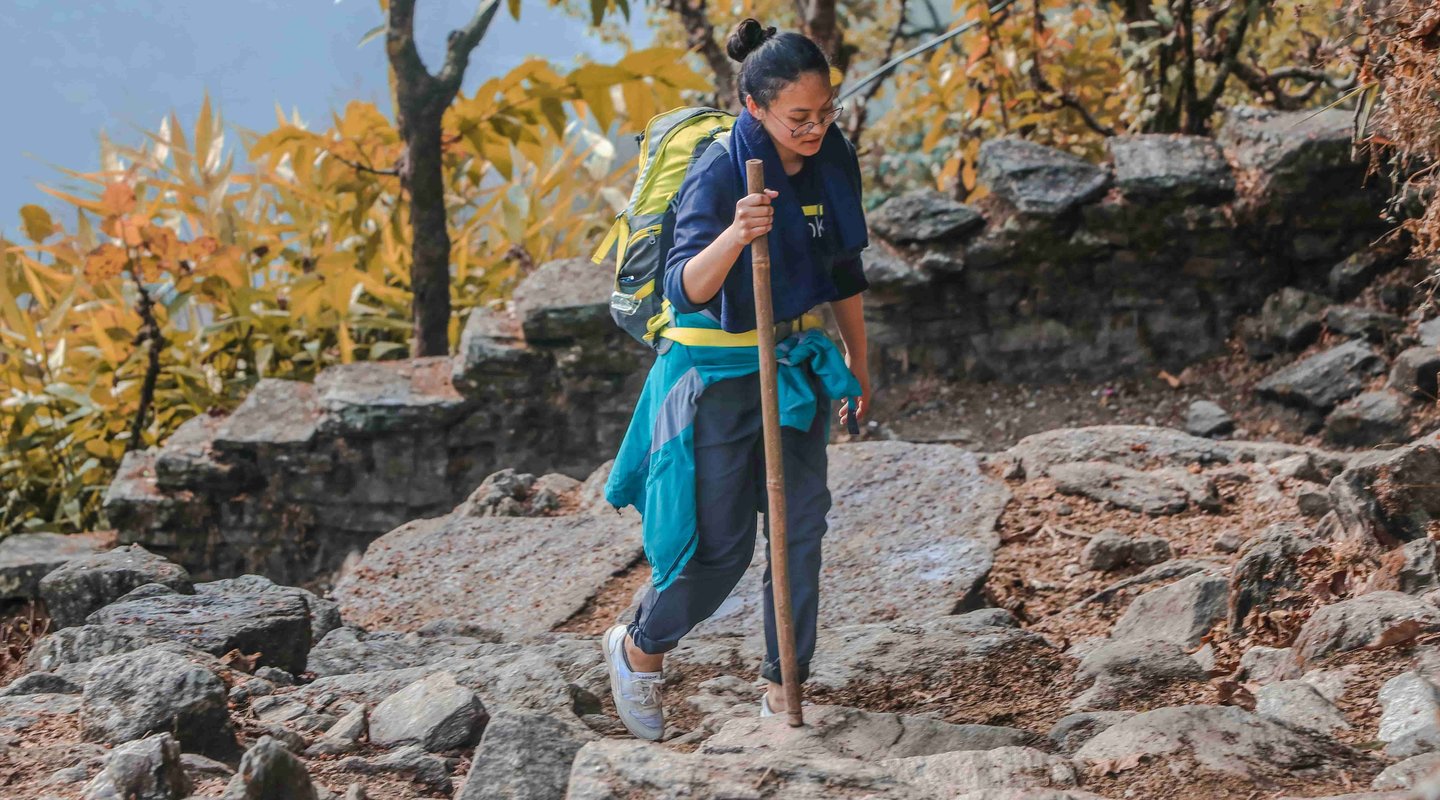Have you ever wondered what it feels like to stand at the foot of the world’s highest mountain—Everest—without committing to a long, grueling expedition? Imagine experiencing breathtaking landscapes, vibrant Sherpa culture, and the thrill of high-altitude trekking—all within a shorter timeframe that perfectly fits your busy schedule. Welcome to the world of the Short Everest Base Camp Trek, a rising trend that promises adventure, cultural immersion, and stunning vistas without the extended commitment of traditional treks.
The Allure of a Short Everest Base Camp Trek
A Short Everest Base Camp Trek offers a unique blend of adventure and convenience. Unlike the more extensive treks that demand weeks of commitment, a short trek gives you the opportunity to experience the majestic Himalayan landscape within a few days. This format is perfect for those with limited time or for travelers new to high-altitude adventures who wish to test the waters before embarking on longer expeditions.
Why Opt for a Short Trek?
- Time Efficiency: Traditional Everest treks can last up to three weeks. Short treks, however, are designed to be completed in 7-10 days, making them ideal for busy professionals or those on a tight vacation schedule.
- Accessibility: With a growing network of well-established trails and experienced trekking companies, short treks have become more accessible and safer for beginners.
- Cost-Effective: Shorter itineraries often mean lower overall costs—reducing expenses related to food, accommodation, and guide fees—without compromising on the experience.
- Health & Fitness: For many, a short trek provides a gentle yet challenging introduction to high-altitude trekking, serving as a stepping stone to more strenuous adventures later on.
The Rise of Short Treks in the Everest Region
In recent years, the trekking industry in Nepal has witnessed a notable shift. More travelers are opting for condensed itineraries that still capture the essence of the Himalayas. This shift is driven by several factors:
Changing Travel Patterns
Modern travelers are increasingly looking for experiences that deliver high impact without requiring long absences from their daily lives. A Short Everest Base Camp Trek fits perfectly into this new paradigm. Data from the trekking industry indicates that nearly 40% of trekkers in the Everest region now prefer itineraries that last under 10 days, a marked increase from previous years. This trend reflects a broader global movement towards micro adventures—short, immersive experiences that provide deep satisfaction in a brief period.
Technological advances in trail mapping, weather forecasting, and mobile connectivity have significantly improved safety and navigation on shorter treks. Moreover, trekking companies have responded to the demand by offering specialized packages that include pre-arranged acclimatization periods, guided tours, and emergency support. This evolution has boosted confidence among beginner trekkers, leading to a surge in bookings for short treks.
Environmental and Cultural Considerations
Shorter treks not only reduce the environmental footprint—by limiting the duration of human impact on fragile ecosystems—but also allow trekkers to engage more meaningfully with local communities. Many short trek itineraries include visits to Sherpa villages, local markets, and cultural landmarks, providing an immersive experience that celebrates the heritage and sustainable practices of the region.
Guide for a Short Everest Base Camp Trek
For those new to high-altitude trekking, planning a Short Everest Base Camp Trek might seem daunting. This step-by-step guide to the Everest Base Camp trek will break down the process into manageable stages, ensuring you’re well-prepared for every aspect of your journey.
Step 1: Research and Planning
Understand the Itinerary:
Before booking your trek, spend time researching various itineraries. Look for trips that balance trekking with adequate rest and acclimatization periods. Read reviews, check trekking forums, and compare packages from reputable companies.
Practical Tip: Create a checklist of your must-have experiences (e.g., visits to local villages, photo opportunities, cultural stops) to help narrow down your options.
Determine the Best Time to Trek:
The optimal trekking seasons in Nepal are pre-monsoon (March to May) and post-monsoon (late September to November). These periods offer clear skies and stable weather conditions.
Step 2: Physical Preparation and Acclimatization
Begin a Fitness Routine:
Engage in a regular exercise program at least two months before your trek. Focus on cardiovascular activities like hiking, cycling, or running, and incorporate strength training for your legs and core.
Practical Tip: If possible, train on trails with elevation gains to simulate the trekking environment.
Acclimatization Tips:
High altitudes require proper acclimatization to prevent altitude sickness. Plan to take it slow on your trek, hydrate frequently, and incorporate rest days.
Step 3: Booking the Trek
Select a Reputable Trekking Company:
Opt for companies that offer clear itineraries, experienced guides, and transparent pricing. Check for certifications and read customer testimonials to gauge reliability.
Step 4: Packing Essentials
Invest in Quality Gear:
Your packing list should include layered clothing, waterproof jackets, sturdy trekking boots, and accessories like gloves, hats, and sunglasses.
Step 5: On the Trail – Safety and Enjoyment
Stay Hydrated and Nourished:
Carry a hydration system or water bottles, and take advantage of tea houses along the trail for nutritious meals and rest breaks.
Listen to Your Body:
High-altitude trekking is physically demanding. Pay attention to signs of altitude sickness—such as headaches, nausea, or dizziness—and don’t hesitate to communicate with your guide if you feel unwell.
Step 6: Post-Trek Reflection and Next Steps
Evaluate Your Experience:
After completing your trek, take time to reflect on what went well and what could be improved for future trips. Engage with online trekking communities to share your insights and gain advice from seasoned trekkers.
Actionable Tip: Keep a trekking journal to document your journey, including daily experiences, challenges faced, and lessons learned.
Plan Your Next Adventure:
Use your experience as a stepping stone. Consider more extended treks or additional short excursions to explore other regions of Nepal. The skills and insights gained from your Short Everest Base Camp Trek will serve you well in all future adventures.
Practical Tips for a Successful Trek
As you prepare for your Short Everest Base Camp Trek, here are some additional practical tips to enhance your journey:
- Hydration Strategy: Aim to drink at least 3-4 liters of water daily. Use water purification tablets or portable filters when refilling from natural sources.
- Local Interaction: Engage with local communities to enrich your cultural experience. Learn a few basic Nepali phrases to connect better with your guides and villagers.
- Environmental Awareness: Respect the pristine environment by carrying out all your trash and minimizing single-use plastics. This practice not only preserves the natural beauty but also supports sustainable tourism.
- Mental Preparation: Trekking can be as mentally challenging as it is physical. Prepare by setting realistic expectations, practicing mindfulness, and maintaining a positive attitude throughout your journey.
- Emergency Preparedness: Familiarize yourself with the location of the nearest medical facilities and carry a small first-aid kit. Knowing emergency protocols can be a lifesaver in remote areas.
FAQs
Q1: What exactly is a Short Everest Base Camp Trek?
A: A Short Everest Base Camp Trek is a condensed version of the traditional Everest Base Camp expedition, typically lasting between 7-10 days. It is designed to give trekkers a taste of the Himalayan experience without requiring an extended time commitment.
Q2: Who is the ideal candidate for a short trek?
A: This trek is perfect for beginners, busy professionals, and anyone who wants to experience the beauty of the Everest region without spending weeks away from home. It is ideal for those who are moderately fit and willing to acclimatize properly during the trek.
Q3: What are the best months to undertake this trek?
A: The most favorable periods for trekking in the Everest region are during the pre-monsoon season (March to May) and the post-monsoon season (late September to November). These times offer stable weather and clear mountain views.
Q4: How should I prepare physically for the trek?
A: Begin a regular fitness routine that includes cardiovascular exercises and strength training at least two months before your trek. Training on trails with elevation gain can help simulate the trekking conditions you’ll face.
Q5: What safety measures should I take during the trek?
A: Ensure proper acclimatization, stay well-hydrated, pack a basic first-aid kit, and follow the guidance of experienced trekking guides. Listen to your body and do not hesitate to communicate any signs of altitude sickness immediately.
Q6: How do I choose the right trekking company?
A: Look for companies with transparent itineraries, positive reviews, experienced guides, and clear communication about permits and safety protocols. Contact them directly to clarify any doubts before booking.
Conclusion
Embarking on a Short Everest Base Camp Trek might be your first step into the larger world of Himalayan trekking, but it promises an experience that’s as enriching as it is exhilarating. With careful planning, a well-structured itinerary, and a focus on health and safety, even a beginner can successfully navigate the challenges of high-altitude trekking and come away with memories that last a lifetime.
Ready to take the plunge? Start planning your Short Everest Base Camp Trek today by researching reputable trekking companies, gathering insights from fellow trekkers, and preparing your body for an adventure of a lifetime. Don’t wait—your journey to the base of the world’s highest peak awaits! Share your plans in the comments below or join our community forum to connect with experienced trekkers who can offer personalized advice.
Contact our expert team to customize your perfect Everest Base Camp experience:


